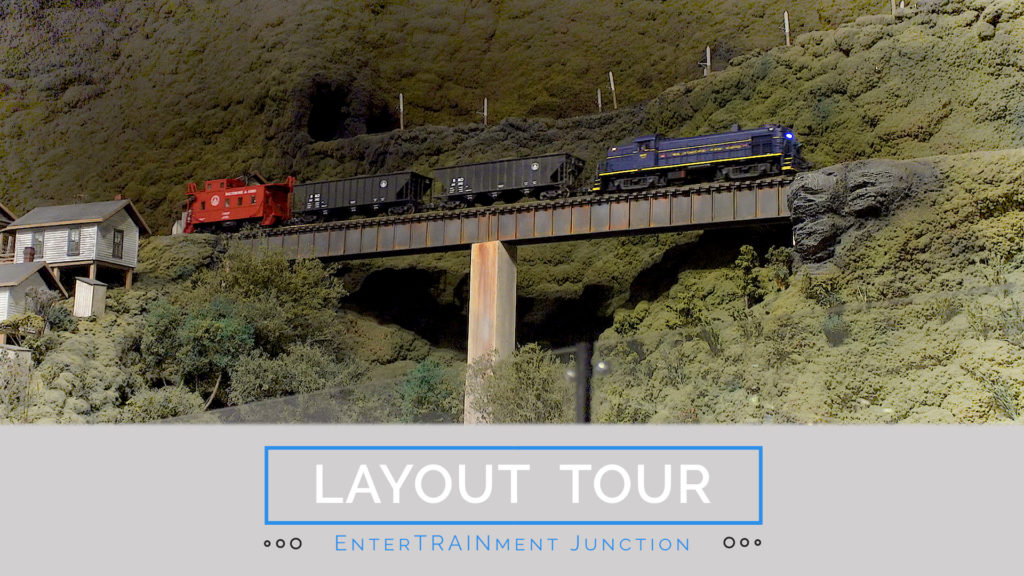
Enjoy an exclusive, guided tour of the Entertrainment Junction large scale (1:24) layout, touted as the world’s largest indoor train display. From real running water to towering mountains, you’ll get to see all of the amazing features – and trains – that put this Ohio attraction on the map! Watch the video, and then read more […]
Read More…
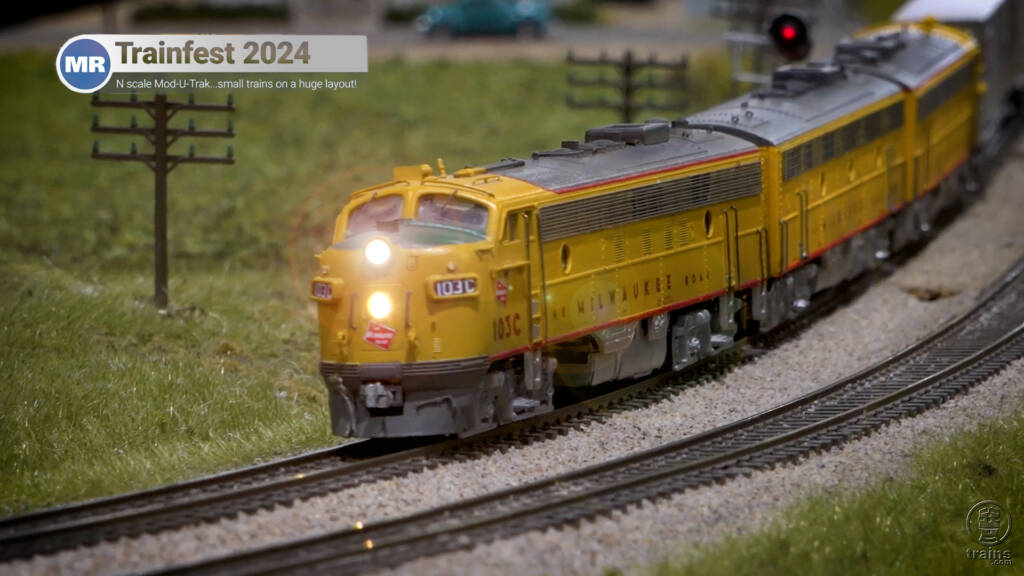
N scale Modutrak on Display | Catch up with Host Gerry Leone, as he chats with Keith Kohlman while operating the Modutrack display, an N scale (1:160) layout inspired by the HO scale (1:87.1) Midwest Mod-U-Trak display at Trainfest 2024! Keith reveals insights about the massive modular display that only comes out for big shows! […]
Read More…
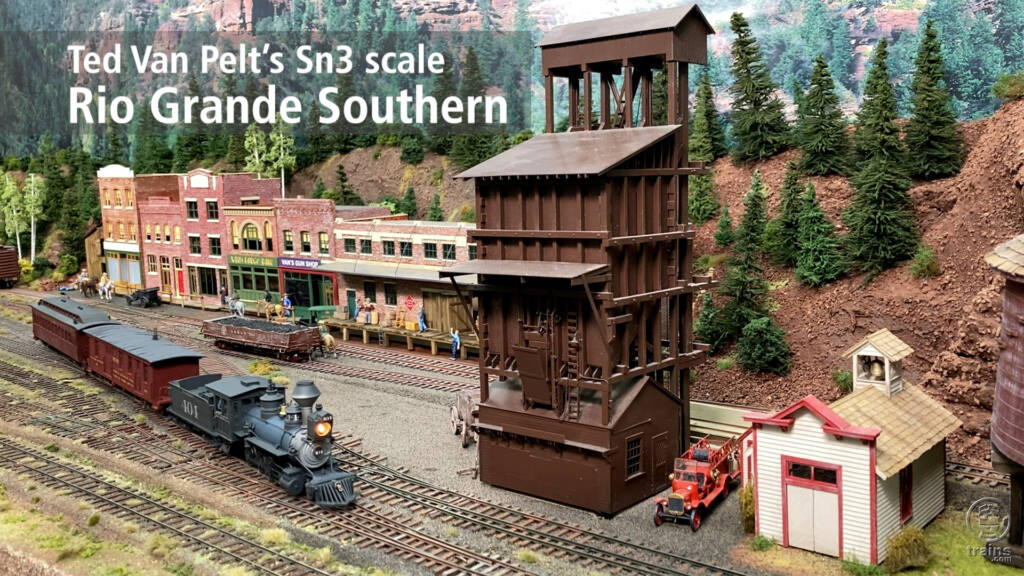
In the February 2025 issue of Model Railroader, readers got to learn more about Ted Van Pelt’s Sn3 Rio Grande Southern. The 22 x 22-foot layout, set in Colorado in 1930, features narrow gauge freight and passenger action, many scratchbuilt structures, and photo backdrops of prototype locations in the Centennial State. The walk-in layout has […]
Read More…

Midwest Mod-U-Track display in HO scale | Gerry Leone, Trains.com Contributor, continued making the rounds of layouts on display at Trainfest 2024 event in Milwaukee, Wis. At this stop, he visited with Bob Kosic to take a closer look at the HO scale (1:87.1) Midwest Mod-U-Trak display presented by Chicagoland modelers. Bob shared plenty of […]
Read More…

In this helpful, introductory effort, David Popp shares simple and easy techniques for adding a scene-extending background/view block to a model railroad. While the planning and painting steps are all demonstrated on his N scale (1:160) T-Trak module, David’s explanations and efforts can certainly be applied to other layouts or displays of any scale! If […]
Read More…
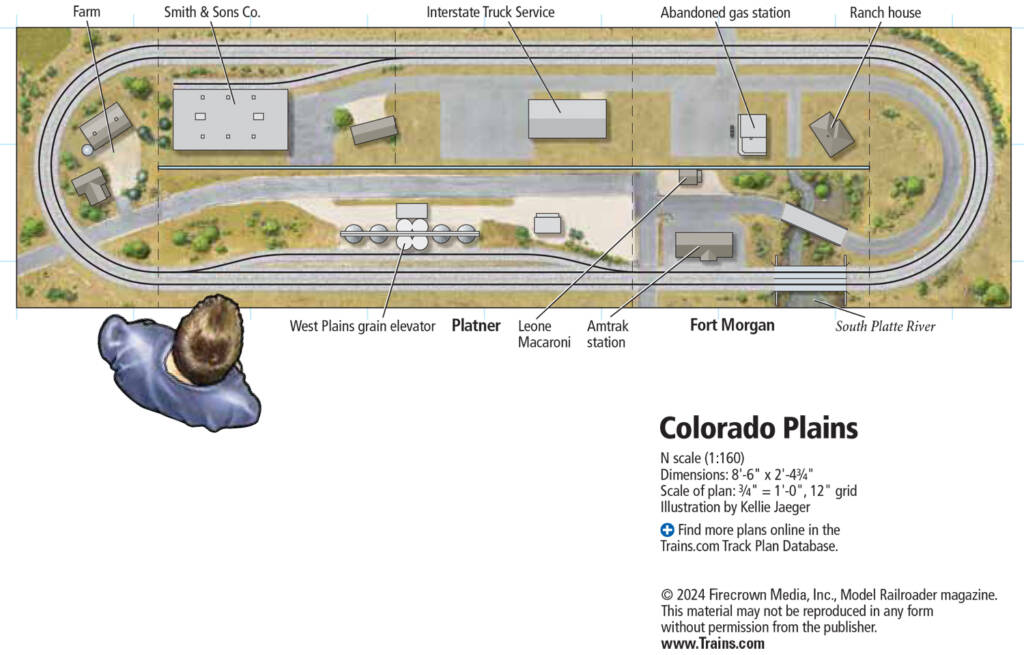
Facts and features Name: Colorado PlainsScale: N (1:160)Size: 2′-43∕4″ x 8′-6″Prototype: BNSFLocale: Eastern ColoradoEra: ModernStyle: T-Trak modularMainline run: 182∕3 feetMinimum radius: 11″Minimum turnout: no. 4Maximum grade: noneBenchwork: Modular laser-cut kitsHeight: 23∕4″ Roadbed: noneTrack: Kato UnitrackScenery: SculptamoldBackdrop: Painted medium-density fibreboardControl: NCE DCC Click the link to download a PDF of the track plan! Buy the January […]
Read More…
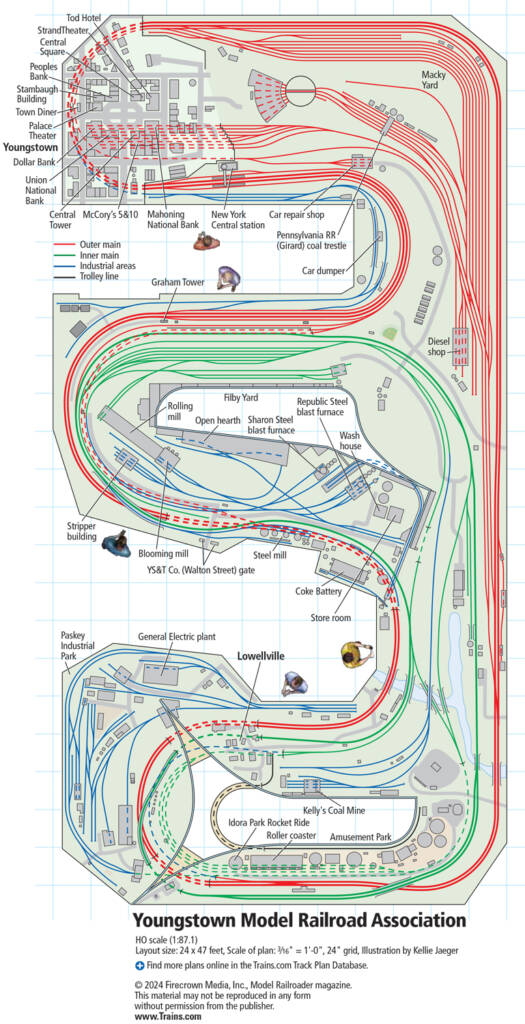
Facts and features Name: Youngstown Model Railroad AssociationScale: HO (1:87.1)Size: 24 x 47 feetPrototype: freelanceLocale: northeast OhioEra: 1950 to presentMainline run: 200 feet (double-track outer main), 125 feet (single-track inner main)Minimum radius: 30″ (main), 22″ (industrial areas)Minimum turnout: No. 8 (main), No. 6 (yards), No. 4 (industrial park/steel mill)Maximum grade: 2%Benchwork: L-girderHeight: 43″ to 60″Roadbed: […]
Read More…
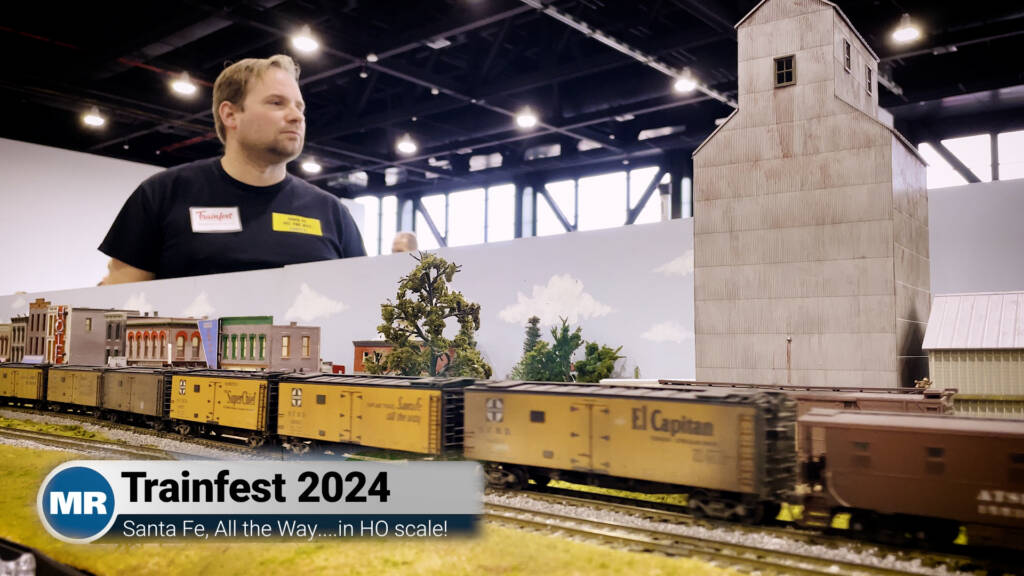
Santa Fe All the Way display in HO scale | Trains.com Contributor Gerry Leone visits with layout owner/building Andrew Bobis and his expansive modular display inspired by the Atchison, Topeka, & Santa Fe Railway. As configured for operation at Trainfest 2024 event in Milwaukee, Wis., you’ll see detailed modeled sights including the depot in Topeka, […]
Read More…
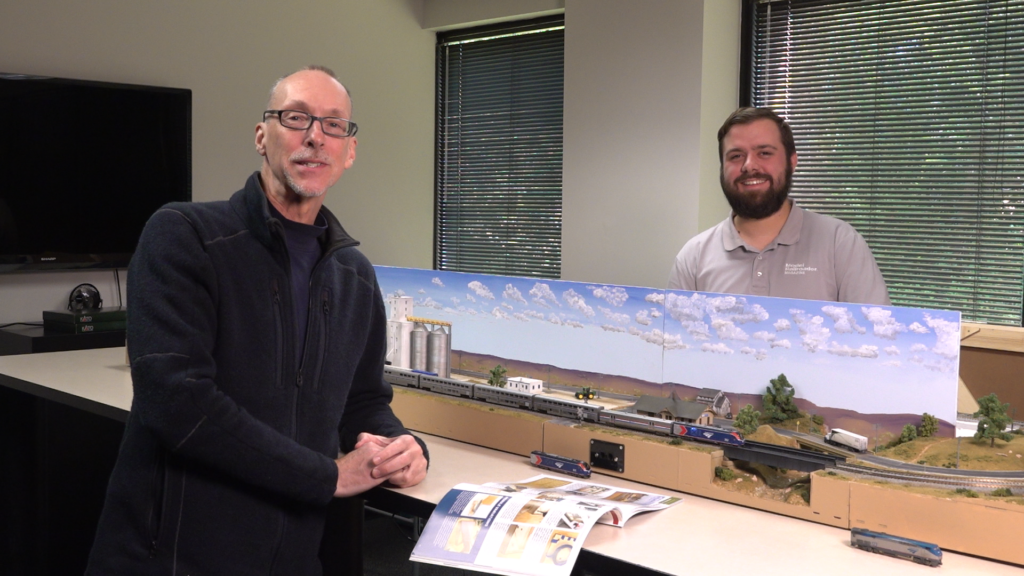
Trains.com staff set out to prove they could build out a layout one square foot at a time! Now that most of their T-Trak modules are completed, it’s due time to have some fun running trains around Model Railroader magazine’s latest project layout, the N scale (1:160) “Colorado Plains”, as featured in the January 2025 […]
Read More…
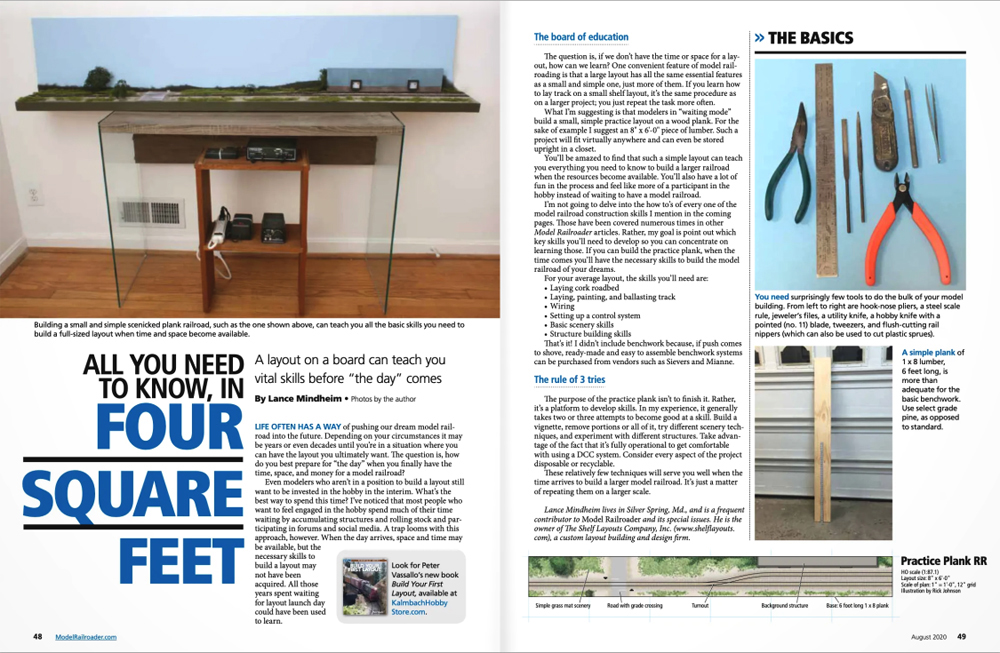
Q: I recall an article from a few years back that was about setting up a minimalist layout set on a bookshelf or board. It was intended as a quick and easy way to get started in the hobby, especially for those who don’t have a lot of space. I believe it used an NCE […]
Read More…
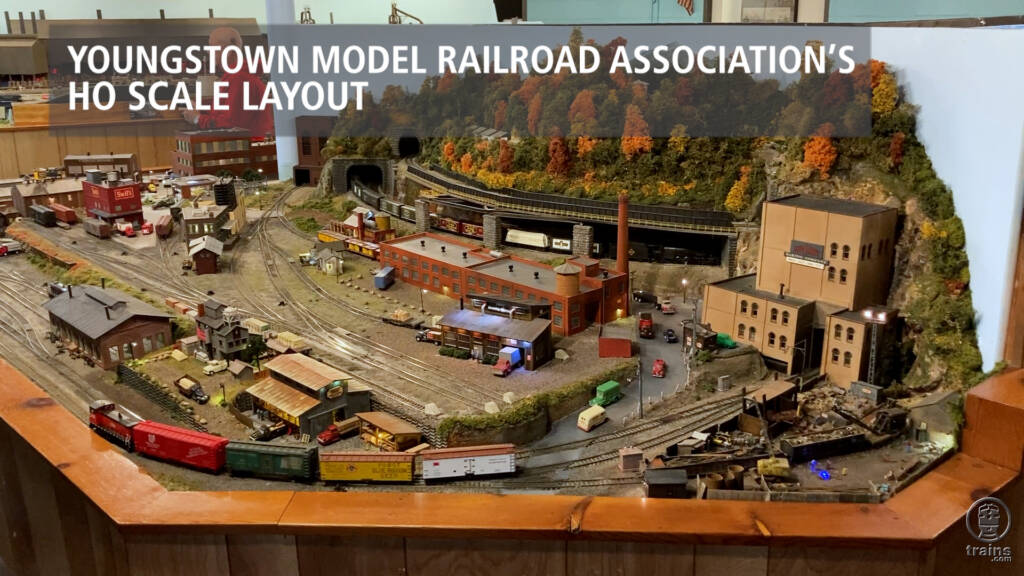
In the January 2025 issue of Model Railroader magazine, Contributing Editor Lou Sassi paid a visit to the Youngstown Model Railroad Association, located in its namesake community in Ohio. The club, which has been around for 68 years, has layouts in O and HO scales. Lou’s article focuses on the latter, a 24 x 47-foot […]
Read More…
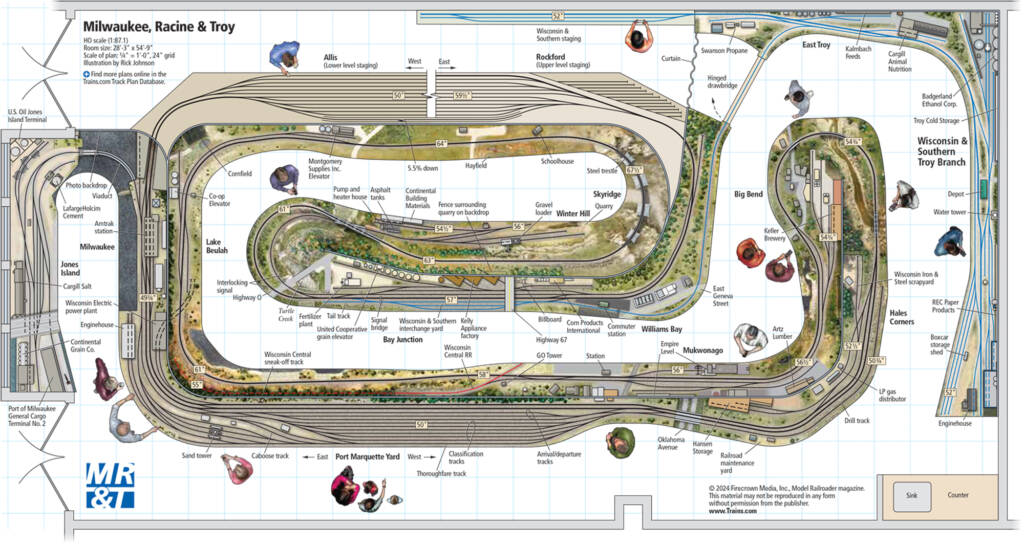
Facts and features Name: Milwaukee, Racine & TroyScale: HO (1:87.1)Size: 28′-3″ x 54′-9″Prototype: freelanced bridge lineLocale: southeastern WisconsinEra: 1980s and 1990sStyle: walk-inMainline run: approximately 200 feetMinimum radius: 36″Minimum turnout: No. 6 (main), No. 4 (spurs)Maximum grade: 3% eastbound, 1.5% westbound (5.5% on ramp)Benchwork: 1 x 4 open gridHeight: 493∕4” to 671∕2“Roadbed: cork on 3∕4” plywoodTrack: […]
Read More…












